A feat more than 20 years in the making, the designation of the Blackwell School in Marfa, Texas, as a National Historic Site by the National Park Service is a story rooted deeply in community persistence, trust-building and local pride. For decades, school alumni, residents of Marfa and dedicated advocates worked to preserve the school, which served as a segregated institution for Mexican American children from 1909 to 1965.
Their efforts culminated in the official certification of the site in 2024, a milestone that UT San Antonio faculty, students and alumni played a key role in achieving through collaborative research, fieldwork and ongoing partnerships. The Blackwell School’s journey from near demolition to national recognition is a reminder of the resilience found within communities determined to reclaim and honor their own histories.
In the shadow of the railroad
Established in 1883, Marfa served as a water stop for the Galveston, Harrisburg and San Antonio Railway. Starting in 1886, Anglo students and students of Mexican descent attended a two-room adobe schoolhouse located south of the railroad tracks that cut through the town.
In 1892, however, Marfa Independent School District built a new two-story brick school building north of the railroad tracks for the town’s Anglo students, while students of Mexican descent remained at the adobe schoolhouse. Students of Mexican descent remained at the old schoolhouse until 1909, when the school district built a new “Mexican School” south of the adobe schoolhouse.
While there was no federal law requiring Marfa ISD to segregate students of Mexican descent from Anglo students, Supreme Court decisions such as Plessy v. Ferguson permitted segregation under the “separate but equal” doctrine. The school district followed a trend seen across Texas at the time. Across the state, many school districts practiced de facto segregation during the 1900s, separating students of Mexican descent based on language, culture, race and other socioeconomic factors. By the 1940s, more than 120 school districts in Texas operated segregated schools for students of Mexican descent.
In 1948, Delgado V. Bastrop Independent School District ruled the segregation of students of Mexican descent unconstitutional, causing school districts across the state to integrate. Marfa ISD, however, would not integrate until 1965, 11 years after Brown v. Board of Education of Topeka.
Following integration, Marfa ISD closed the Blackwell School, which had grown from a single schoolhouse to a five-acre, six-building campus.
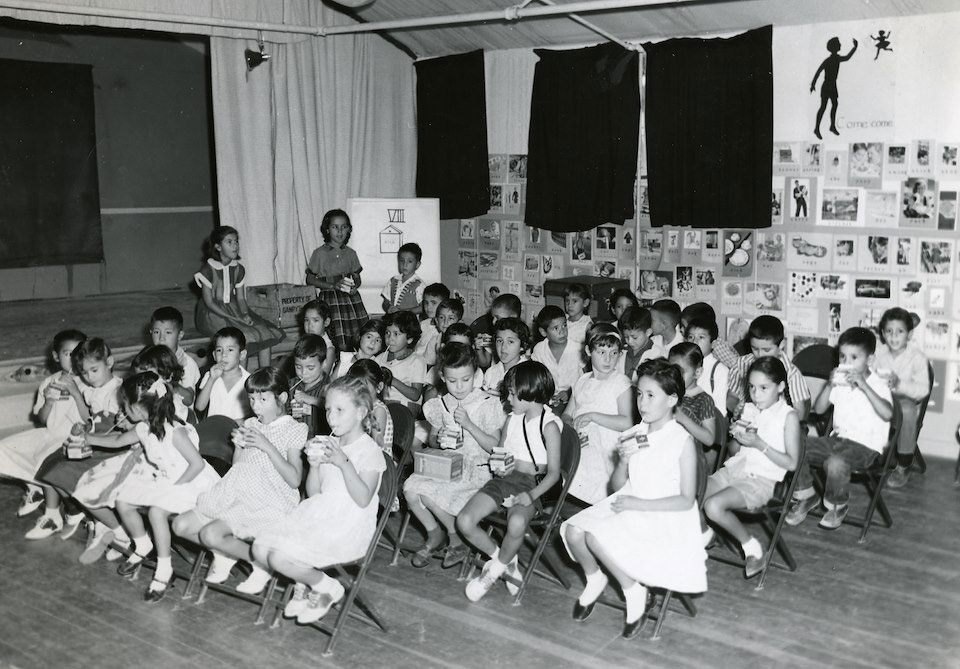
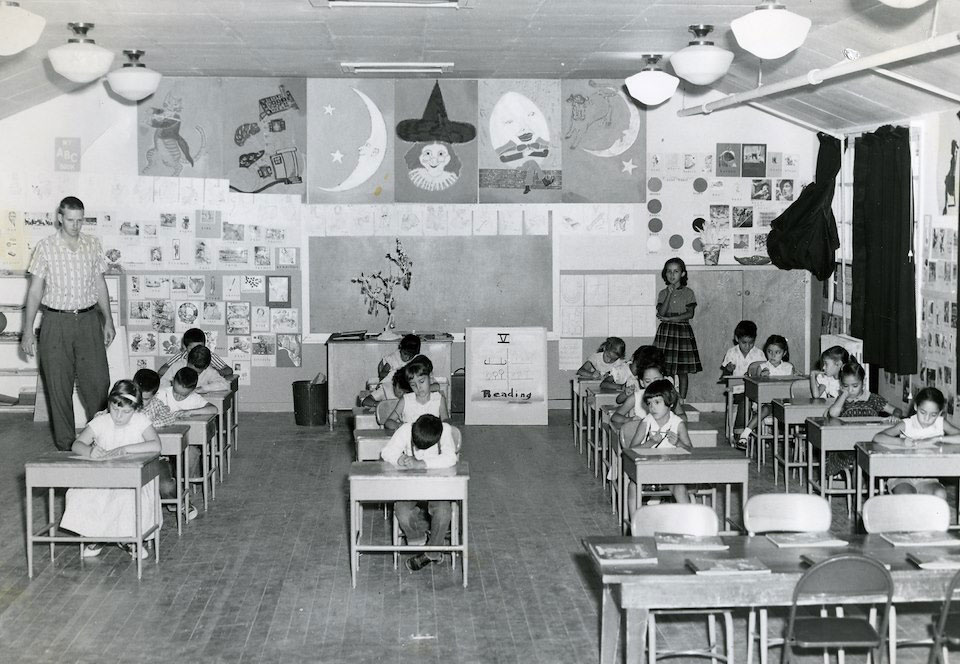


Archival photos of students attending the Blackwell School.
Preserving what’s left
Afterward, the district sold off many of the vacant structures that were no longer in use. In 2006, when Marfa ISD announced plans to demolish the two remaining buildings the 1909 schoolhouse and 1927 band hall — Blackwell School alumni rallied together and formed the Blackwell School Alliance, a nonprofit organization dedicated to the school and its history.
After successfully saving the school, the Blackwell School Alliance transformed the school into a community-driven museum, ensuring the history of the students who attend the school would not be forgotten. In 2010, the Blackwell School Alliance installed a Texas State Historical Marker on the school grounds, formally recognizing its significance in Texas history.
Following this success, the Blackwell School Alliance pursued national recognition, which required extensive planning, community commitment and strong partnerships to achieve.
“When we first started thinking about, ‘Does this site qualify to be a National Historic Site?’ there were really two paths that I knew we needed to walk,” says Gretel Enck, former president of the Blackwell School Alliance. “One path was on our own here at the Blackwell School, doing the research and documentation to determine, you know, what is our history? Where does it fit into American history?”
“And part of that was doing a historic structures report, and that really documented everything about the building and how it was built and when modifications were made, and does it still have its original integrity? You know, if this place was going to be restored, is there enough original fabric here and the answer was yes, it’s a very well-built building.”
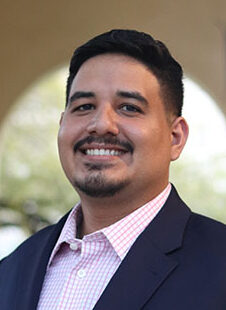
In 2017, the Blackwell School Alliance partnered with the University of Texas at San Antonio’s Center for Cultural Sustainability, under the College of Engineering and Integrated Design, for the completion of a Historic Structures Report. Having conducted multiple Historic Structure Reports for San Antonio Missions National Park and historic structures around San Antonio, the Center for Cultural Sustainability took on the partnership with open arms.
Under the guidance of Professor Sue Ann Pemberton, a team of UT San Antonio students worked with the Blackwell School Alliance on a study to address immediate concerns and long-term preservation of the school. Despite being over 100 years old, the report found Blackwell School to be in sound condition, which encouraged the Blackwell School Alliance to continue to seek national significance.
In 2019, the Blackwell School Alliance successfully placed the Blackwell School on the National Register of Historic Places, a list of nationally significant places worthy of preservation and administered by the National Park Service. Driven by this success, the Blackwell School Alliance sought further recognition.
“I ran into our congressman at the time, Will Hurd, Texas 23 Representative, about four years ago,” Enck says. “And at that point, we had just completed our historic structures report. We had just turned in our application for the National Register listing, and I got a few minutes of his time and said, ‘You know, I think we should be a National Historic Site, and, you know, we’ve got the documentation to back it up.’ And he said, ‘I’m going to connect you with the National Parks Conservation Association (NCPA), because that’s the organization that could shepherd a site through the process.’”
During the spring semester of 2022, as Cristóbal López ’22 was completing his Master of Arts in History, he applied for an internship with NPCA to archive oral histories of Blackwell School alumni.
“I had not heard of NPCA or of the Blackwell School before I saw the internship application,” Lopez says, “but it matched my academic interest, so I applied for it.”

After securing the internship, Cristóbal spent the summer of 2022 archiving oral histories of Blackwell School alumni — an experience that ultimately influenced and shaped his career path.
“My internship was only for the summer,” Cristóbal says, “but I knew that I wanted to continue to work with the Blackwell School and NPCA.”
Fortunately, a full-time position became available shortly after his internship ended, and he applied. Around this time, the Biden administration designated the Blackwell School as the 430th unit of the National Park Service.
As a full-time staff member for NPCA, Cristóbal continued to work with the Blackwell School Alliance and National Park Service to help fully establish the site. He also launched an oral history project to expand the school’s collection of oral histories. Having just graduated from UT San Antonio, Cristóbal turned to his alma mater and the history department to explore opportunities for partnering on the oral history project and other historic preservation efforts.
Through this partnership, Cristóbal was able to bring on Alexandra Medina BA ’23, MA ’25, to support the oral history project.
“Working with the Blackwell School Oral History Project not only equipped me with invaluable professional skills in oral history and public history, but it also gave me the opportunity to preserve my abuela’s story as a former student at a Mexican school in Pearsall, Texas,” Medina says. “Preserving the stories’ empowerment, fellowship, and perseverance invigorated a deep sense of cultural pride and reminded me why public history is not just scholarship but a way of honoring the long history of Mexican Americans in Texas.”
This partnership was only the beginning between the Department of History and the Blackwell School.
WATCH: Hear the story of the preservation of the Blackwell School.
Empowering the future
The work at Blackwell reflects UT San Antonio’s mission to build connections across academic disciplines. Faculty from the College of Liberal and Fine Arts and the College of Engineering and Integrated Design’s School of Architecture and Planning have combined expertise in history, architecture, and cultural sustainability, creating a model for how cooperative projects can strengthen preservation efforts while leaving space for specialized knowledge and expertise from within each college.
The Department of History wove the Blackwell School into experiential learning opportunities, which gave students direct access to preservation work. Under the guidance of Professor Kirsten Gardner, study-away programs in Marfa have allowed students to step into the roles of researchers, archivists, and community historians. The project has brought together faculty, undergraduate students, graduate students, and alumni, all united by a shared commitment to document and protect the Blackwell School’s legacy.
The Blackwell partnership has also demonstrated the transformative value of internships. Cristóbal’s path from graduate student intern to full-time role with the NPCA stands as an excellent example of how experiential opportunities can shape career trajectories. His continued collaboration with UT San Antonio has opened additional pathways for students to contribute to the site through fieldwork and public engagement.
Students participating in the program have engaged in archival research to document the school’s history, recorded oral histories from alumni, and contributed to projects that interpret the site’s legacy for the public. By working alongside community members, they gained a deeper understanding of how history is preserved, shared, and sometimes fought for.
“Being able to talk directly to the people who went to the school was amazing. In archaeology, you typically have to piece everything together yourselves. Here, we didn’t have to do that alone. We had the alumni. We had the community. We had the actual school building to explore,” says Sailor Stanley, a student in the Master of Arts in History.
Students and alumni also contributed to key planning documents such as the Blackwell School National Historic Site Foundation Document, traveled nationwide to present their research and projects at academic conferences, and participated in a community-driven visioning workshop to help guide the future of the site. Cristóbal and Gardner are also collaborating on a book with Arcadia Publishing, which is scheduled for release in fall 2026.
“It’s really important to remember that this was not that long ago,” says Jasmin Lopez ’24. “If you look at the pictures on the Blackwell Alliance website, these could be your grandparents. It was so recent to have already been forgotten — it’s kind of crazy. I feel it’s so important to hear the stories and histories of the elders of our community.”
As the Blackwell School begins its new chapter as a National Historic Site, its story serves as both a preservation of the past and a guidepost for the future. The site’s survival is proof that communities can reclaim their narratives when history is in danger of being lost.
“When we preserve local histories, we give future generations the tools to understand where they come from and the courage to shape where they are going,” Lopez says. “Saving this building also protects the voices, struggles, and triumphs of those who came before us, ensuring they continue to inspire and empower.”
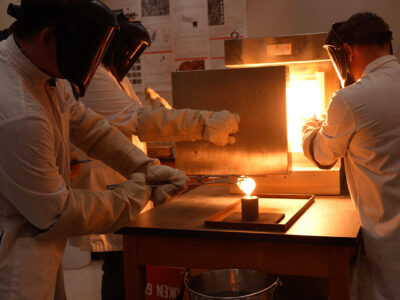

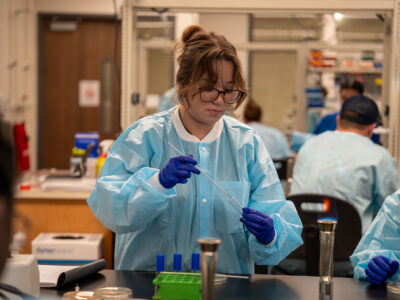
No comment yet, add your voice below!